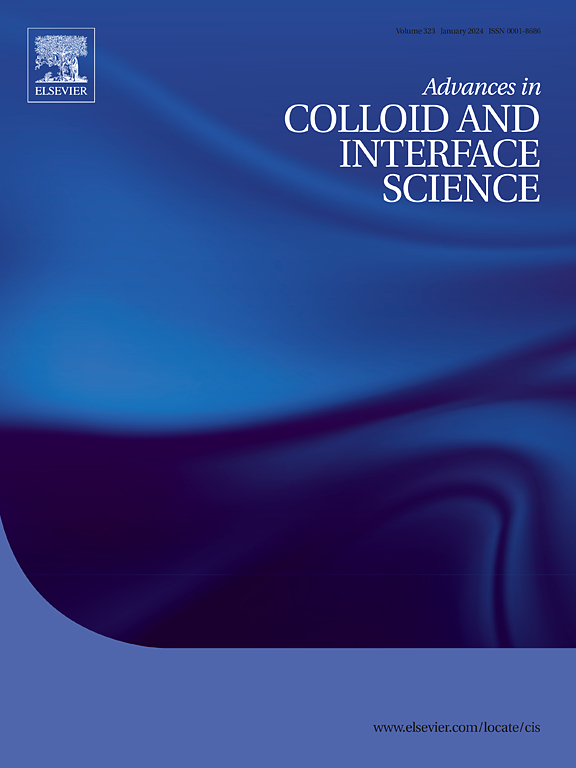Doping and defect engineering in carbon-based electrocatalysts for enhanced electrochemical CO2 reduction: From 0D to 3D materials
IF 15.9
1区 化学
Q1 CHEMISTRY, PHYSICAL
引用次数: 0
Abstract
The increasing atmospheric CO2 levels and the urgent need for sustainable energy solutions have driven research into electrochemical CO2 reduction. Carbon-based materials have received significant attention for their potential as electrocatalysts, yet their inert nature often limits their performance. Defect engineering and heteroatom doping have emerged as transformative approaches to overcome these limitations, enhancing both catalytic activity and Faradaic efficiency. This review systematically examines the role of these strategies across diverse carbon materials, including graphene, carbon nanotubes, carbon dots, and boron-doped diamond. Special attention is given to the incorporation of heteroatoms, such as nitrogen and boron, and the modulation of defect structures to optimize CO2 reduction pathways. By exploring the interplay between dopant type, defect density, and material dimensionality, we provide a comprehensive understanding of how tailored carbon-based electrocatalysts can drive advancements in sustainable electrochemical CO2 conversion. This work underscores the potential of defect-engineered and doped carbon materials to revolutionize the field of electrocatalysis, paving the way for innovative solutions to environmental and energy challenges.

碳基电催化剂的掺杂和缺陷工程用于增强电化学CO2还原:从0D到3D材料
大气中二氧化碳浓度的增加和对可持续能源解决方案的迫切需求推动了电化学二氧化碳减排的研究。碳基材料因其作为电催化剂的潜力而受到广泛关注,但其惰性性质往往限制了其性能。缺陷工程和杂原子掺杂已经成为克服这些限制的变革性方法,提高了催化活性和法拉第效率。这篇综述系统地研究了这些策略在不同碳材料中的作用,包括石墨烯、碳纳米管、碳点和掺硼金刚石。特别注意的是杂原子的掺入,如氮和硼,以及缺陷结构的调制,以优化二氧化碳还原途径。通过探索掺杂类型、缺陷密度和材料维度之间的相互作用,我们全面了解了定制碳基电催化剂如何推动可持续电化学CO2转化的进步。这项工作强调了缺陷工程和掺杂碳材料在电催化领域的革命性潜力,为解决环境和能源挑战的创新解决方案铺平了道路。
本文章由计算机程序翻译,如有差异,请以英文原文为准。
求助全文
约1分钟内获得全文
求助全文
来源期刊
CiteScore
28.50
自引率
2.60%
发文量
175
审稿时长
31 days
期刊介绍:
"Advances in Colloid and Interface Science" is an international journal that focuses on experimental and theoretical developments in interfacial and colloidal phenomena. The journal covers a wide range of disciplines including biology, chemistry, physics, and technology.
The journal accepts review articles on any topic within the scope of colloid and interface science. These articles should provide an in-depth analysis of the subject matter, offering a critical review of the current state of the field. The author's informed opinion on the topic should also be included. The manuscript should compare and contrast ideas found in the reviewed literature and address the limitations of these ideas.
Typically, the articles published in this journal are written by recognized experts in the field.

 求助内容:
求助内容: 应助结果提醒方式:
应助结果提醒方式:


